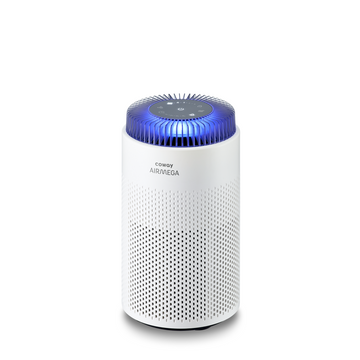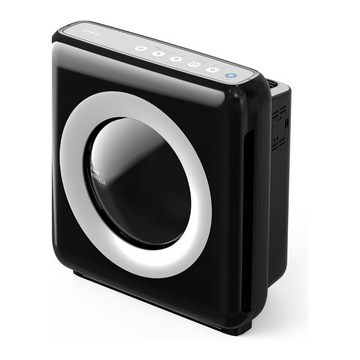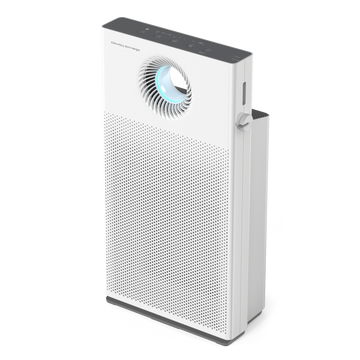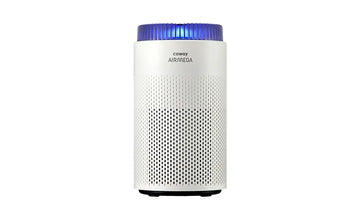Air pollution travels over the Pacific
For years, scientists and residents in China have raised concern about air pollution caused by the country’s coal-burning industries. Now people on the other side of the globe, including the United States, are sounding the alarm. The National Research Council released a pioneering report on the topic a decade ago. Their study discovered that a polluted air mass from Asia could be traced in the state of Oregon in under two weeks.
“Air pollution does not recognize national borders; the atmosphere connects distant regions of our planet,” said Charles Kolb, chair of the report committee. “Emissions within any one country can affect human and ecosystem health in countries far downwind.”
How do we know?
How do scientists track pollution sources across the planet? Daniel Jacob, a professor at Harvard University, credits satellites like the Aura. NASA launched Aura in July 2014 to measure atmospheric data. Scientists then compare the satellite’s data against “background levels” for air pollutants, as established by the Environmental Protection Agency. From these sources, they can define and monitor global pollution drift.
U.S. air pollution drifts to Europe
Before countries point fingers at one another, remember that this is an international issue. Air pollution from eastern Asia blows into the western United States. Yet, as Professor Jennifer Logan of Harvard explains in Earth Data, North America is also sending air pollution abroad. “One thing that people don’t like to talk about so much is how much ozone we’re sending to Europe. But the Europeans care about that just like we care about how much Asia is sending to us,” she said.
While scientists study how cross-border air pollution affects people around the world, the Coway Airmega can help you and your family breathe clean air at home. The Coway Airmega comes with a built-in smart sensor that adjusts indoor air quality to keep it at an optimal level, reducing potentially harmful particulates by up to 99.999%.












